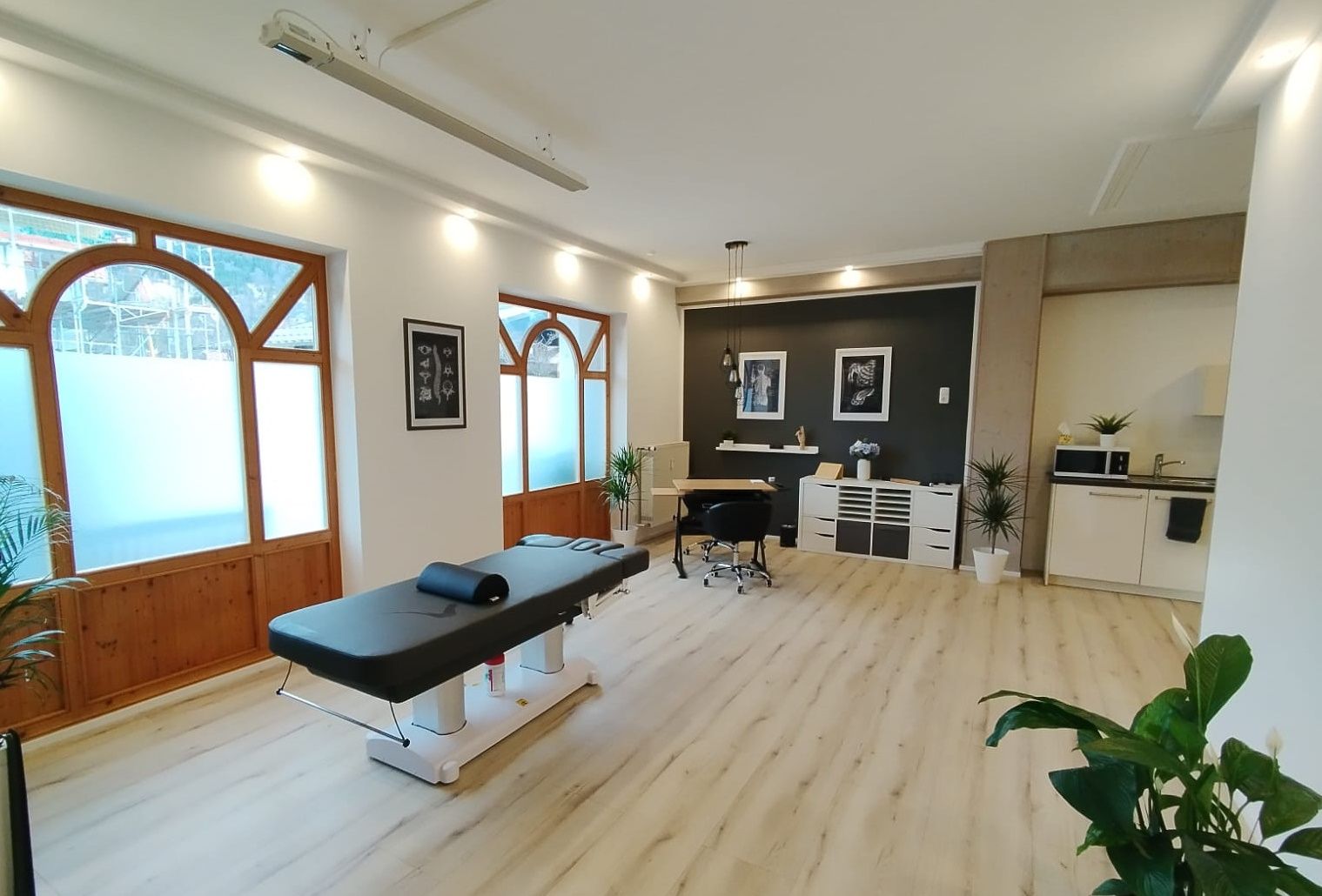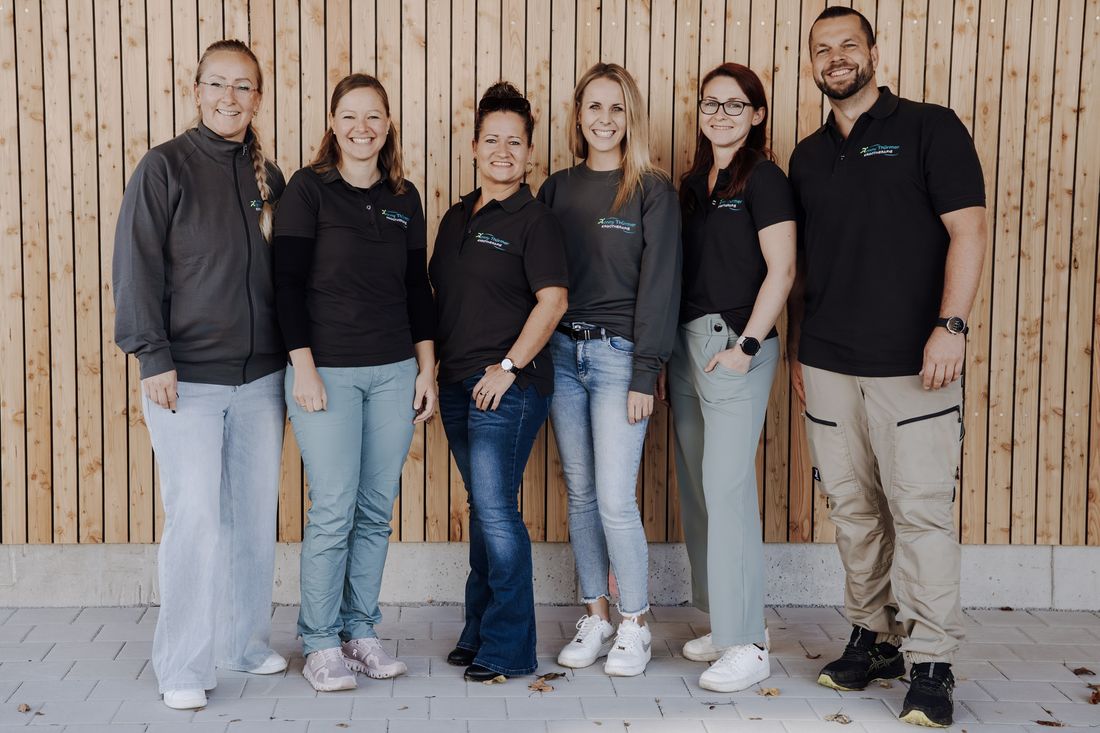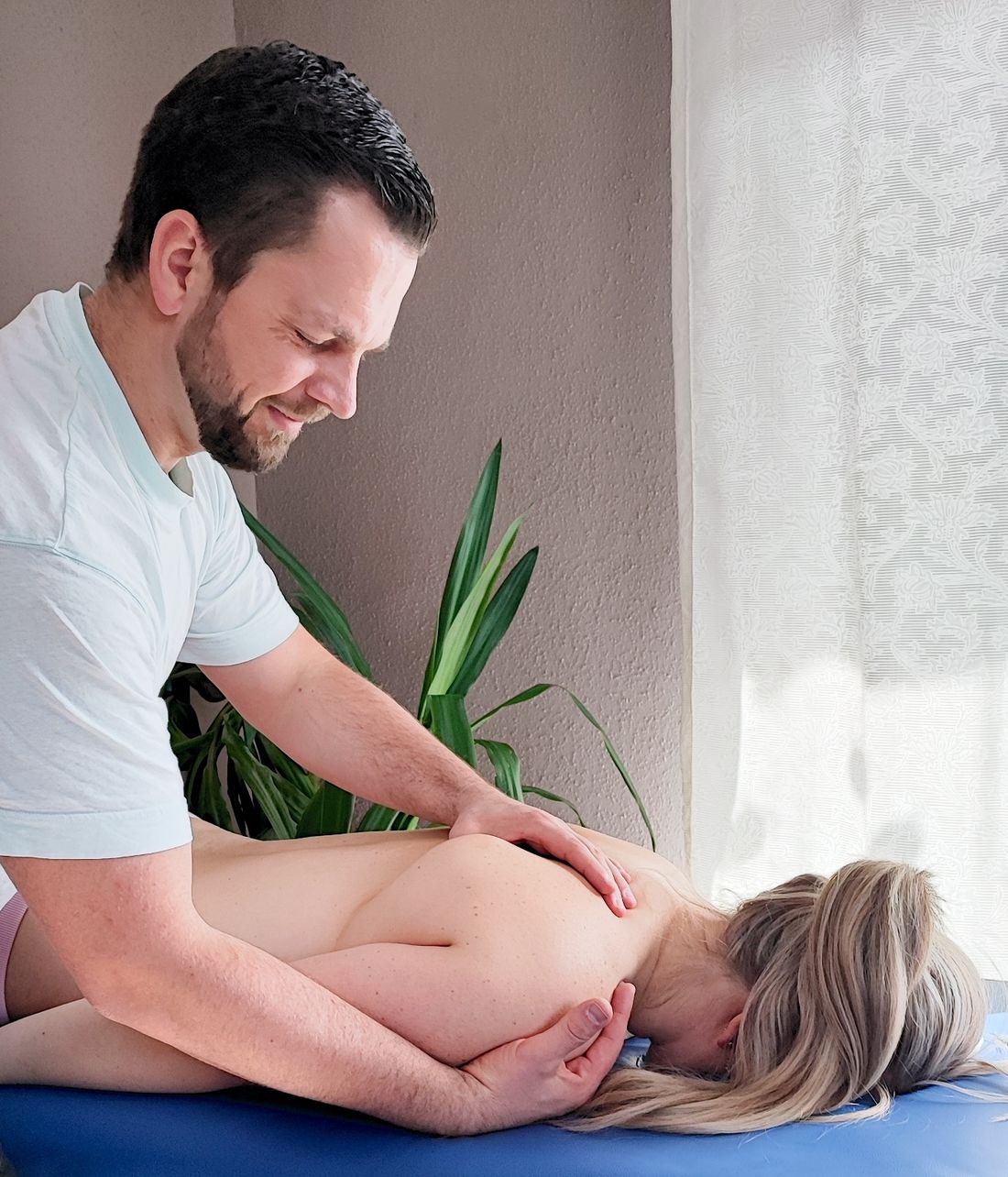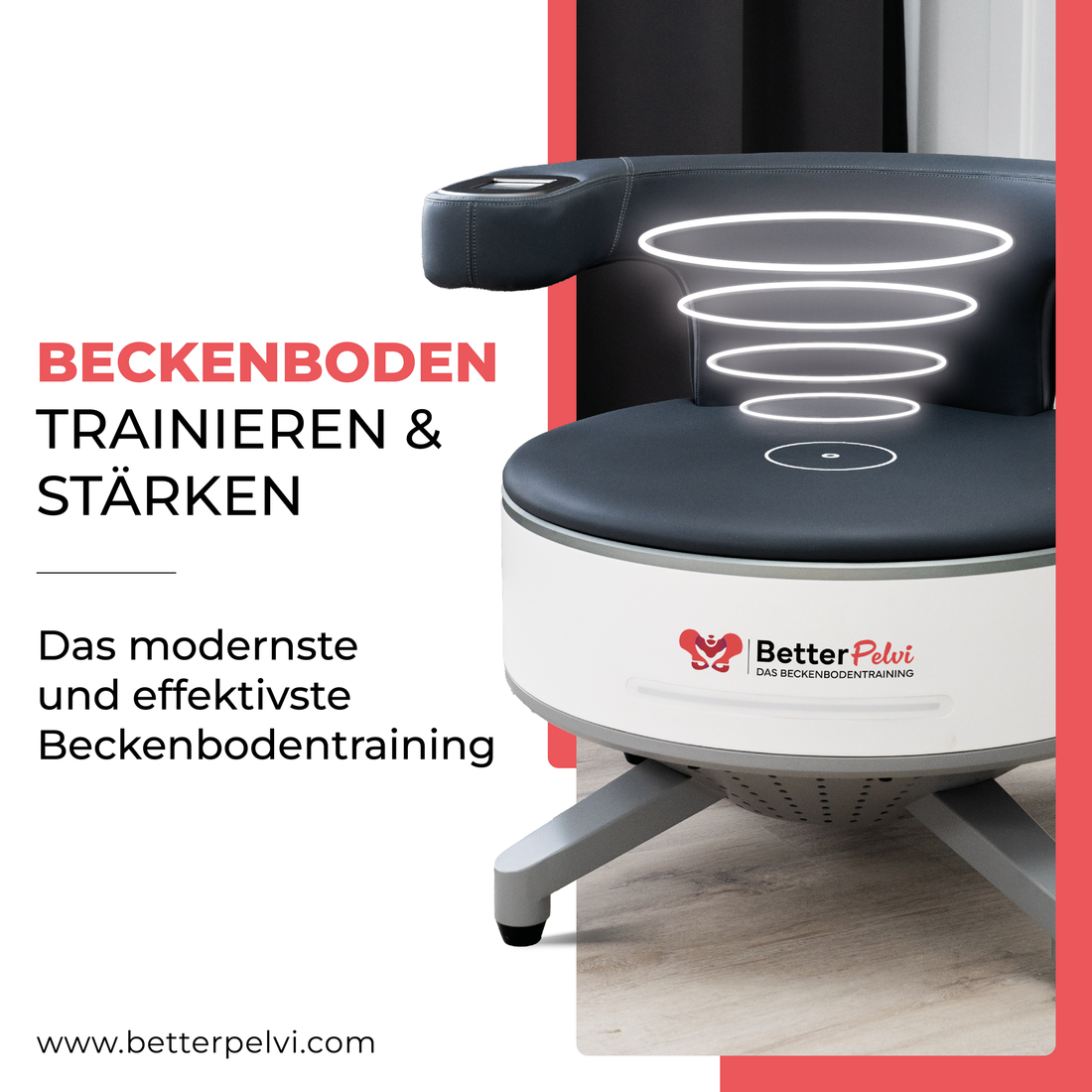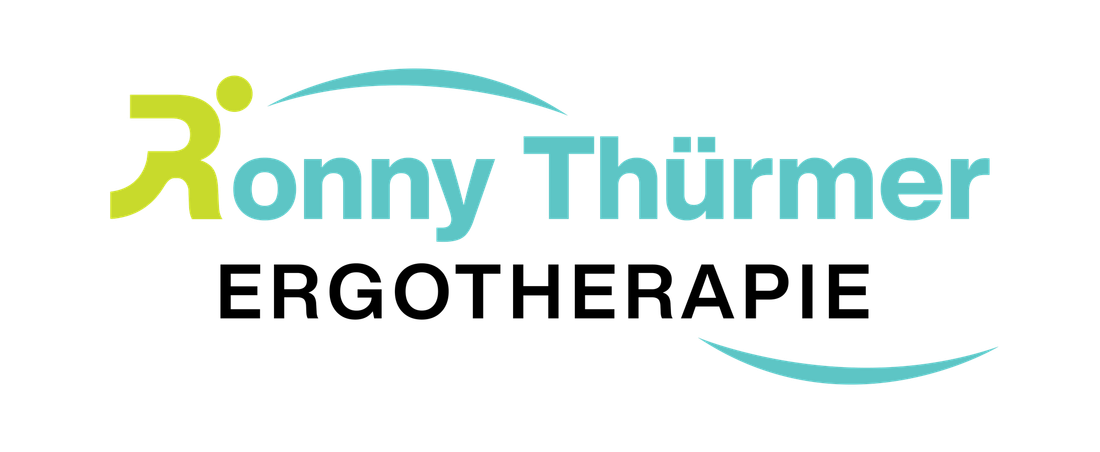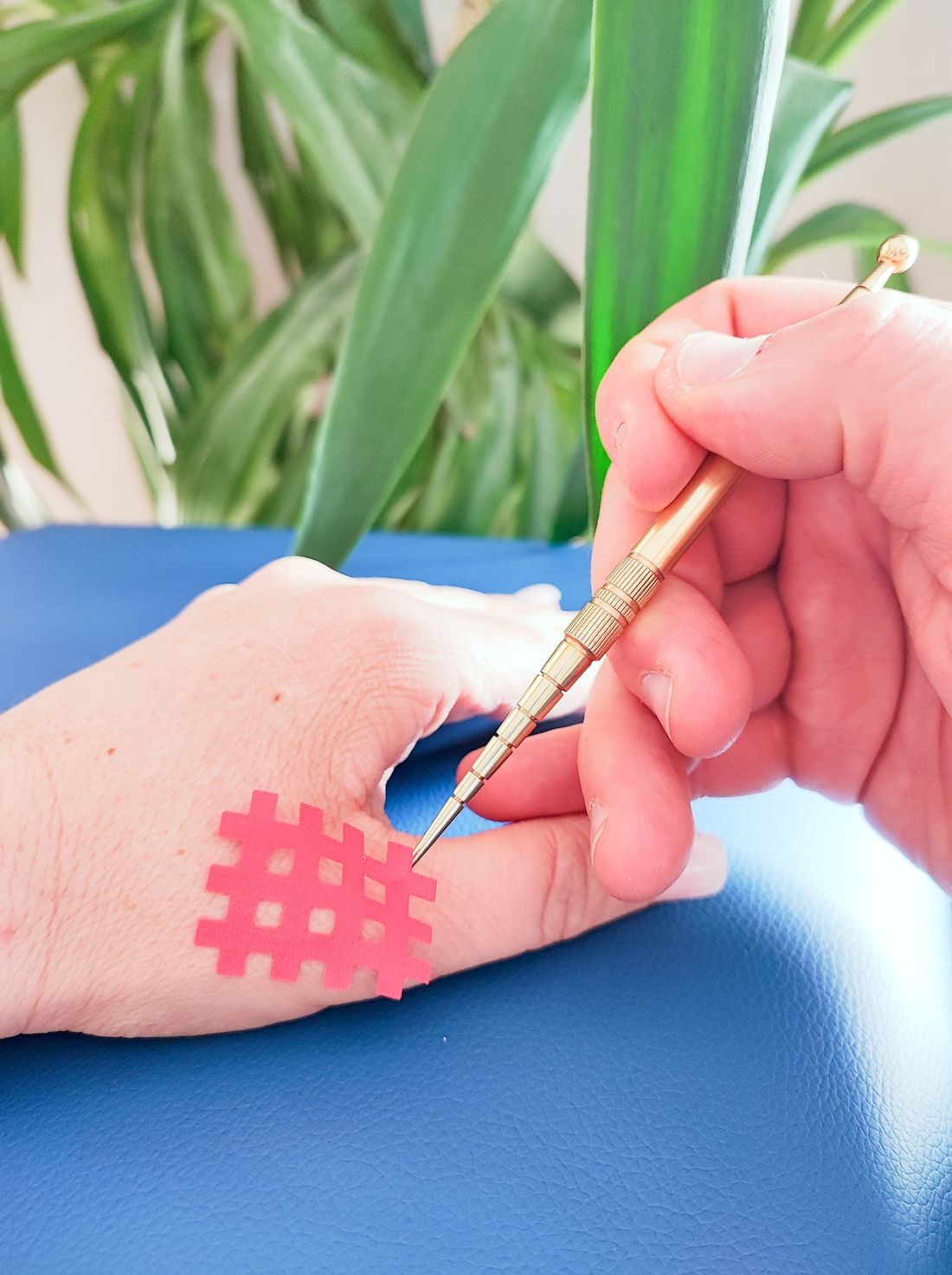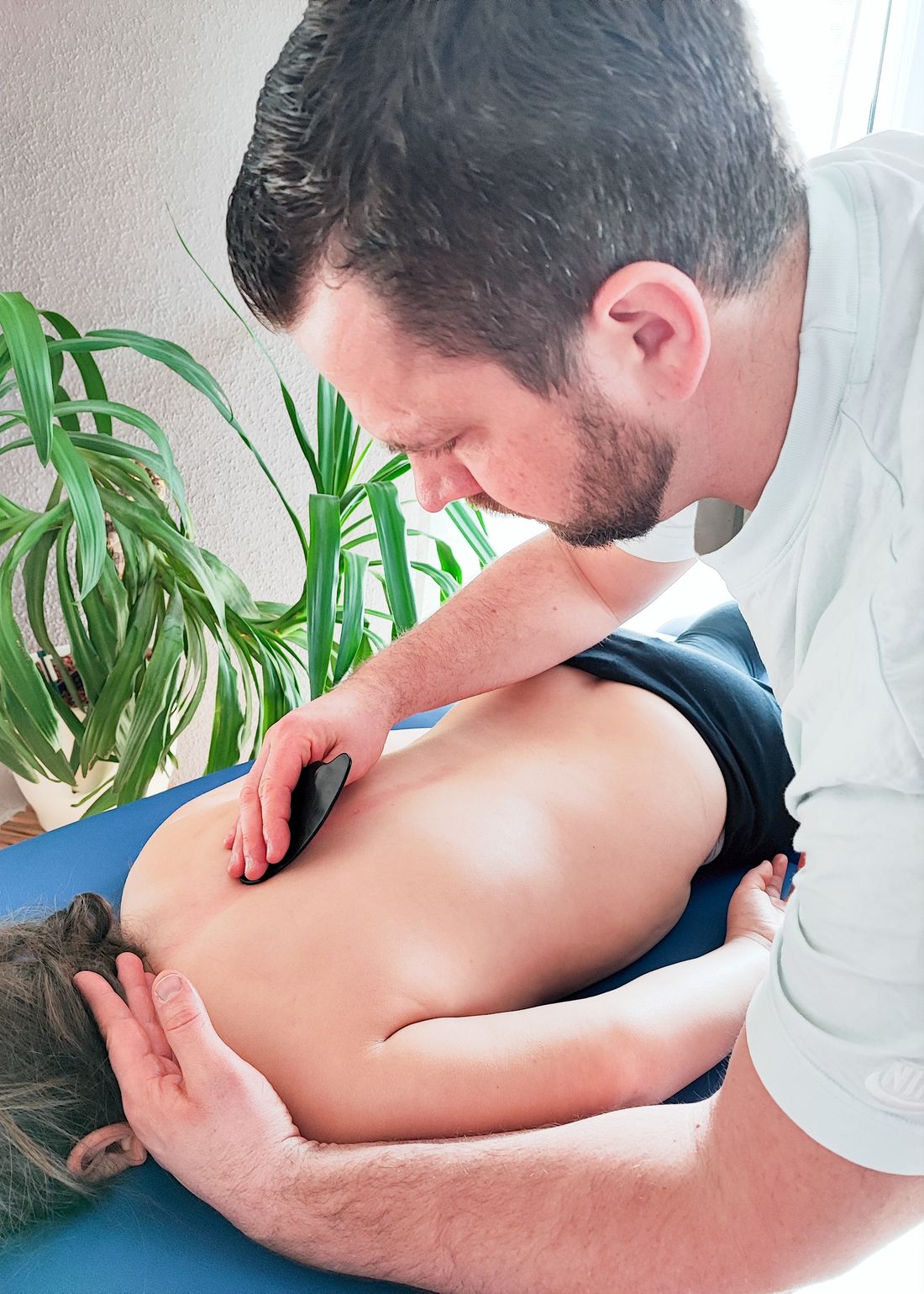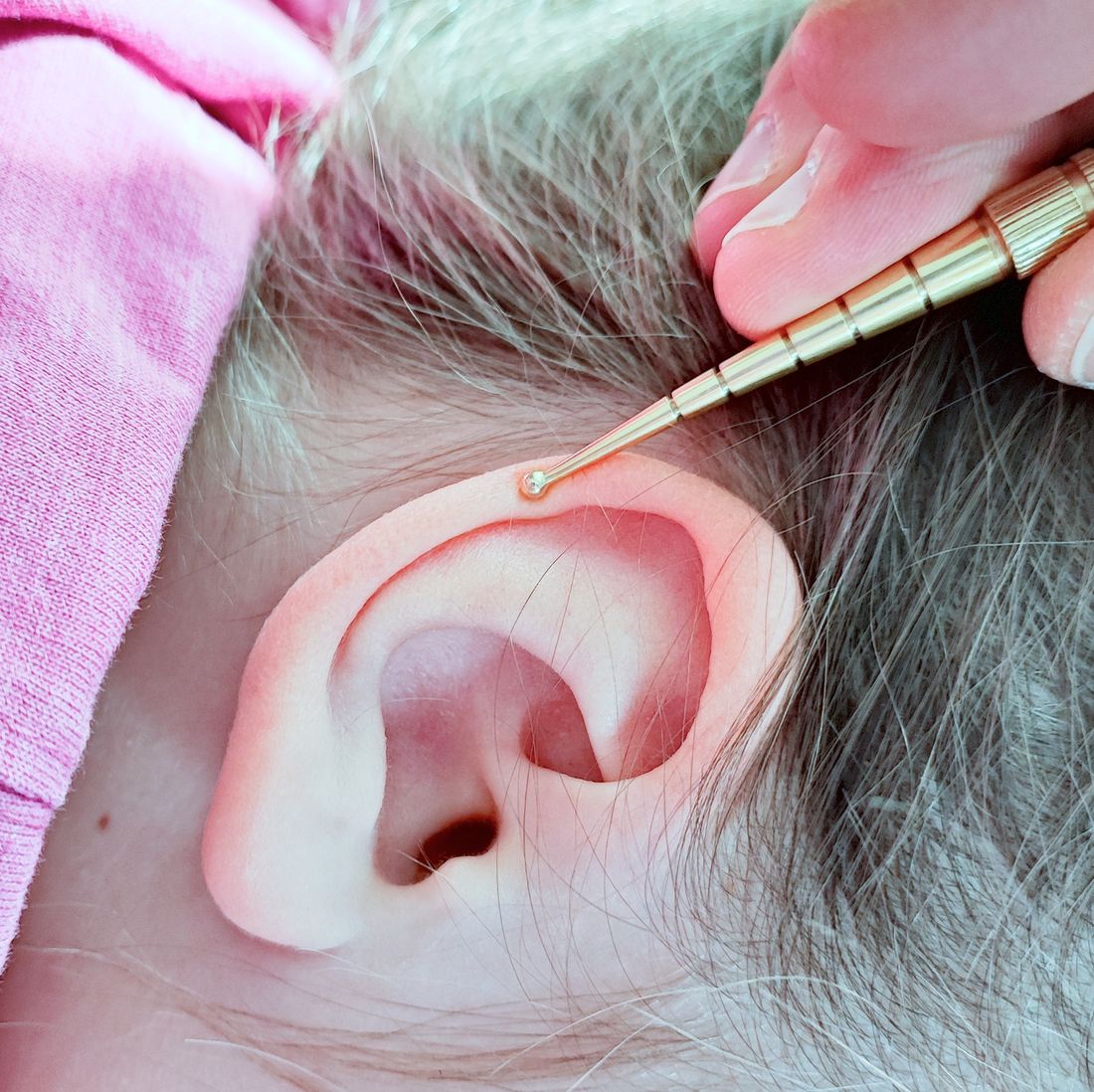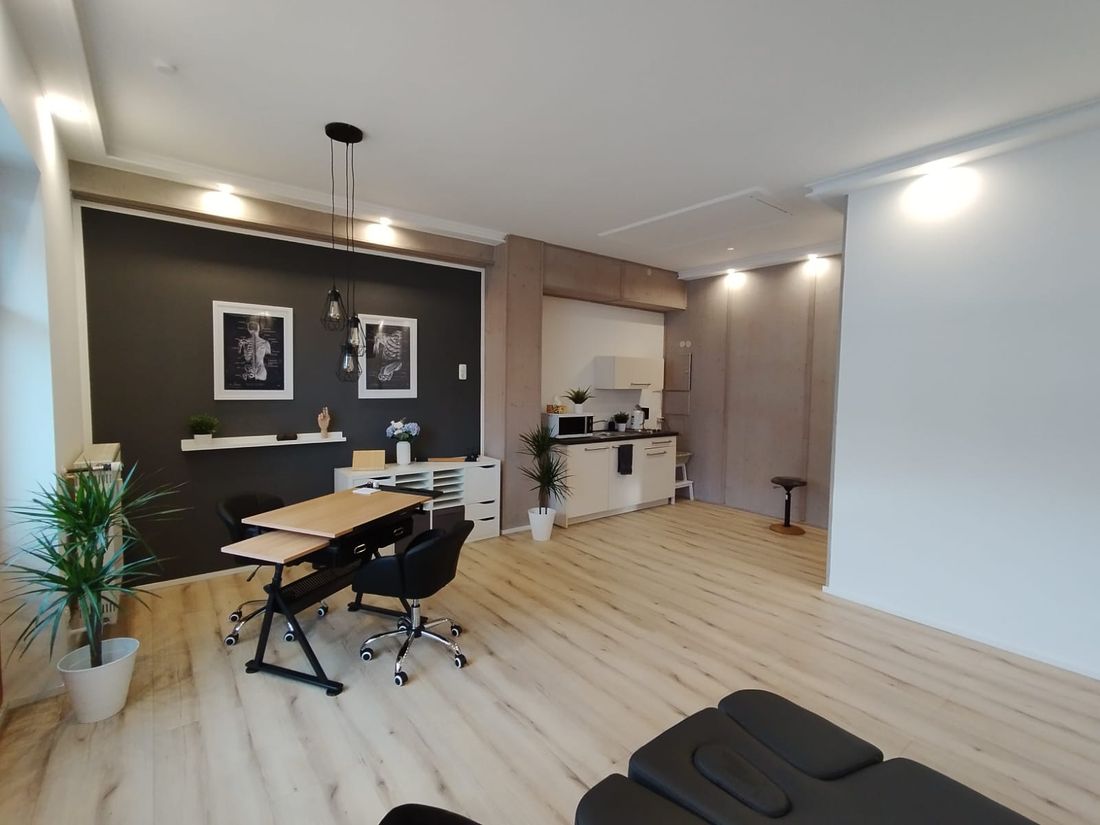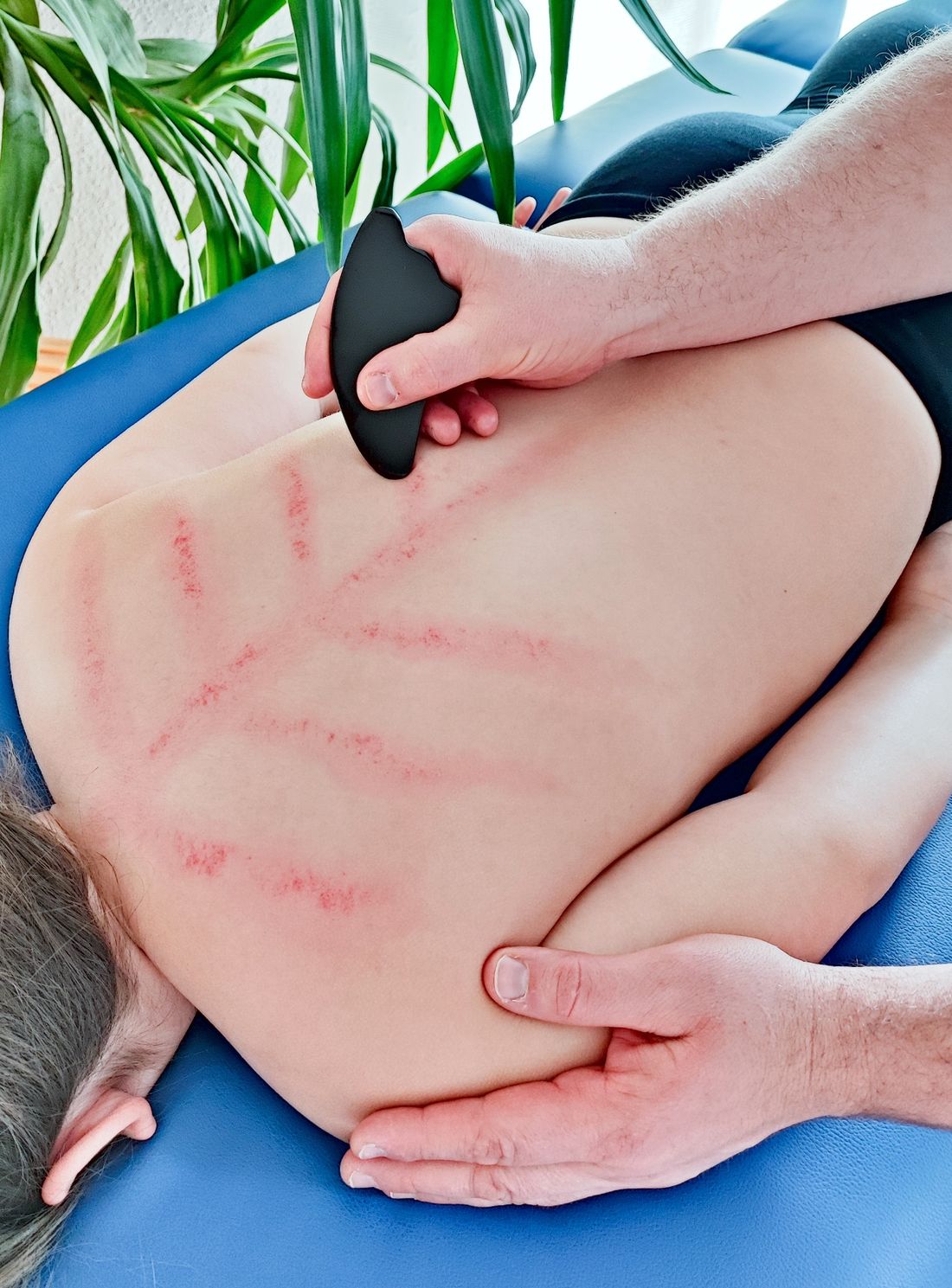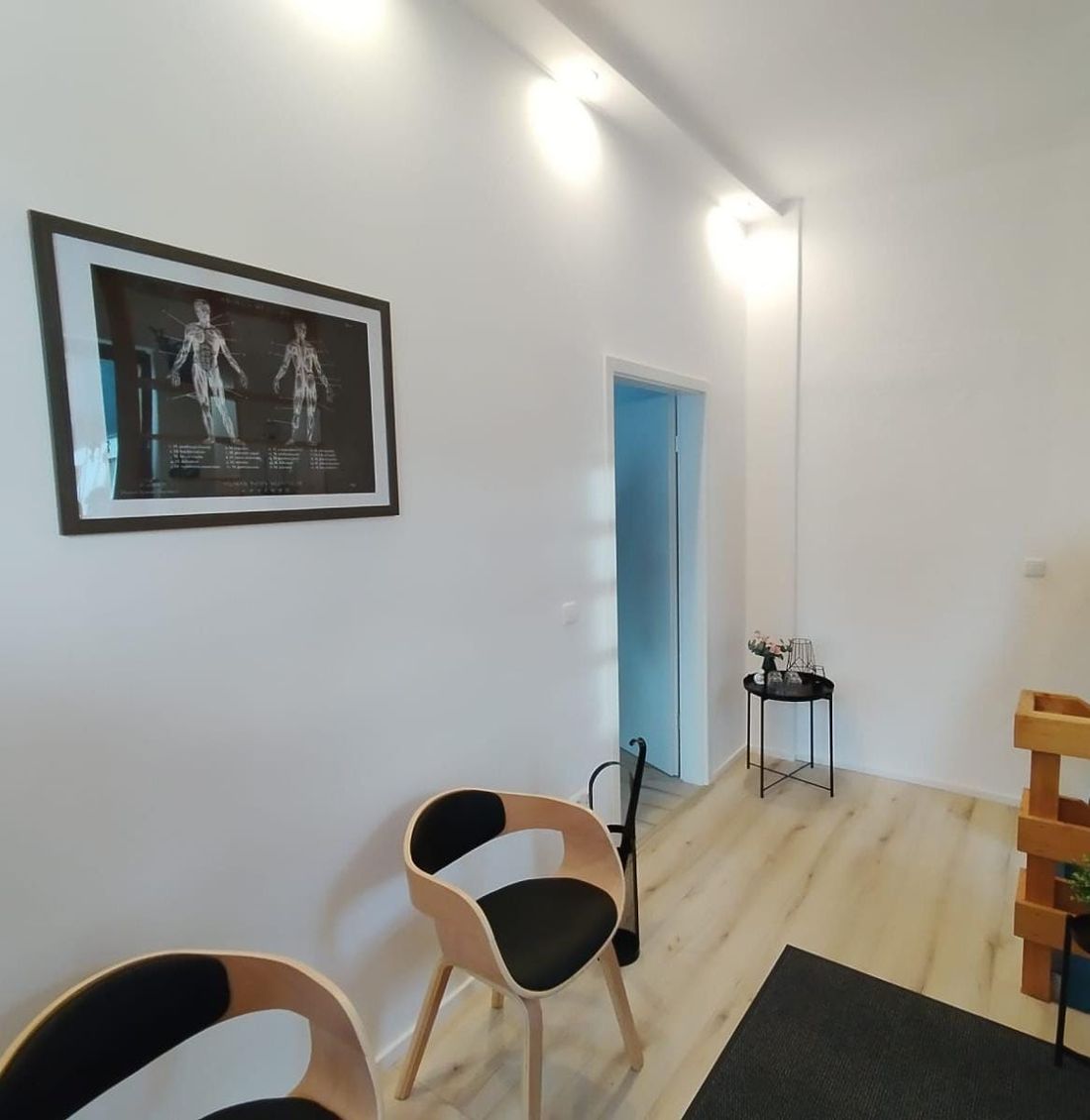I have been a passionate occupational therapist for over 20 years. Helping people and strengthening or restoring their abilities and skills is my personal motivation.
I specialize primarily in the orthopedic and neurological fields and have gained experience in outpatient rehabilitation, private practice, and inpatient rehabilitation.
We operate from two locations:
- Loferaustraße 7 in Reit im Winkl
- Rottauer Straße 6 in Grassau
My broad range of treatments includes not only traditional occupational therapy but also:
- Manual therapy
- Vestibular therapy (balance training)
- Kinesio taping
- Flossing
- Spiral dynamics
- Fascial therapy "IFT"
- Back school
- Workplace health management
- Ergonomics and assistive device consultation
- Traditional Chinese Medicine with acupuncture meridian massage
- Sports physiotherapy
- Pelvic floor training, and much more
About the team and locations
I am proud that I now have a professional and highly motivated team supporting me, and that we are growing steadily.
In January 2026, in addition to our practice in Reit im Winkl, we will open our second location in Grassau.
Theresa Hauser
- Manual Therapy for the Upper Extremity
- Static and Dynamic Splints
- Taping
- COPM
- CO-OP
- Ad-AHA Stroke
Katharina Steffl-Pfaff
- Manual Therapy for the Hand
- Spasticity Treatment – Contemporary Interdisciplinary Concepts
- MediAkupress – Integrative Acupressure for Pain, Spasticity, and Movement Restrictions
- Taping – Knee Taping
Antonia Kink
- Scar Treatment
- Kinesio Taping
- Manual Therapy of the Upper Extremity
- Marburg Concentration and Behavior Training
- CO-OP
- Treatments for ADHD
Ann Marie Claire Denkers
- Lecturer at the Bavarian State Medical Association
- Mirror Therapy
- NeuroTrac TENS
- Ludi/Technique for People with Disabilities
- Cupping/Ear Candling
- Back School
- Attentioner for ADHD/ADD Children
- Hand Therapy – Manual Therapy for Hand, Elbow, and Shoulder
- Splinting Course
- MBOR = Medically Oriented Vocational Rehabilitation
- Taping
- Flossing
- CMD – Craniomandibular Dysfunction Dysfunction
Additional Therapy Services to Traditional Occupational Therapy
Pelvic Floor Training
The innovative magnetic field technology gently stimulates the pelvic floor muscles without requiring any physical exertion.
In just 28 minutes, comfortably in your everyday clothes, you can achieve noticeable results after the very first session. Strong muscles not only help with incontinence/bladder weakness, but can also aid postpartum recovery, alleviate back pain, improve potency, and enhance your overall well-being.
You can find much more information here:
betterpelvi.com/bep-reitimwinkl
MediAcupressure
Integrative acupressure for pain, spasticity, and restricted movement
Cupping/Ear Candling
…is a traditional therapy in which a vacuum is created on a limited area of skin using cupping glasses. Cupping is one of the oldest therapeutic methods in the world.
Cranio-Mandibular Dysfunction
…is an umbrella term for structural, functional, biochemical, and psychological dysfunctions of the muscles or joints of the temporomandibular joints. These dysfunctions can be painful or cause dizziness, headaches, light sensitivity, panic attacks (rapid heartbeat), and everyday stress. Cranio-mandibular dysfunction can be both a cause and a consequence of stress.
Manual Therapy within the Scope of Occupational Therapy
Manual therapy is a treatment approach in which functional disorders of the musculoskeletal system are examined and treated. Manual therapy is based on specific manual techniques and mobilization methods that alleviate pain and eliminate movement restrictions.
Kinesio Tape
…is used for various conditions and injuries. It stimulates the body's own healing process by supporting the tissue and providing stability without affecting mobility. For this reason, medical taping is often used as a complementary treatment method.
Spiral Dynamics
… is a three-dimensional movement and therapy concept that describes the body's structure and provides guidance on how to move the body in a healthy way.
Flossing
During treatment, an elastic band is wrapped tightly around a limb/joint. The tissue is strongly compressed by the band for 1-2 minutes, and the structures are stimulated with passive or active movement. As soon as the band is released, blood flow and mobility improve, and pain is relieved.
Sports Physiotherapy
… is primarily aimed at patients with sports injuries (muscle injuries, ligament injuries, contusions, etc.). A functional analysis of the injured structure is performed, and targeted treatment is then provided.
TCM and AMM Therapy
The knowledge of Traditional Chinese Medicine (TCM), which is over 5,000 years old, is increasingly being incorporated into Western medicine. For the body's energy to flow freely, the necessary channels (meridians) must be open and unobstructed. The task of the AMM & TCM therapist is to distribute the energy evenly, stimulate its flow, and ultimately maintain it. Acupuncture Meridian Massage (AMM) is a needle-free form of acupuncture that combines TCM, energetic spinal therapy, Chinese diagnostics and dietetics, auriculotherapy (ear treatment/ear acupuncture), and various forms of external energy work such as moxibustion, dry cupping, and scraping (Gua Sha).
Gua Sha
... is a repetitive scraping motion on oiled skin using a rounded edge (a worn coin, rounded animal horns, or jade). The rounded edge is pressed against the oiled skin and moved along the muscles or meridians in long strokes. This procedure causes increased blood flow (Sha) in the skin, sometimes resulting in slight superficial bleeding. Patients typically experience immediate relief in the tissue.
Fascial Therapy (IFT Therapist)
Interdisciplinary Fascial Therapy (IFT method) is a method developed by Christopher-Marc Gordon for treating chronic pain and stress. This particular method of myofascial osteopathy combines techniques for pain management, stress reduction, performance enhancement, and self-help treatment.
Moxibustion
… is a thermal application from the field of Traditional Chinese Medicine (TCM). A glowing, pressed mugwort stick is held over or near the area to be treated (without direct skin contact). It serves to relieve pain and activate various processes in the body. This treatment method has proven particularly effective for heel spurs and epicondylitis (tennis elbow/mouse arm).
Wellness Treatments (Massages) / Personal Training
Whether you're looking for a little time out to relax or active functional training tailored to your individual goals (increased mobility, strength building, or pain reduction), you can book this additional service with me.
Vestibular Therapy (Balance Training)
Vestibular therapy, also known as vertigo therapy, is a specialized treatment approach for disorders of the balance organ (vestibular apparatus) and the associated neurological structures.
